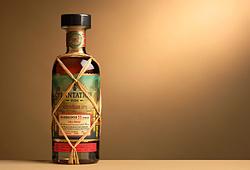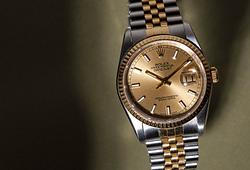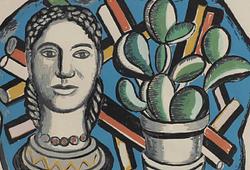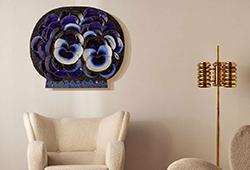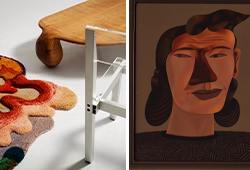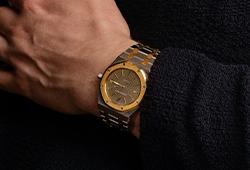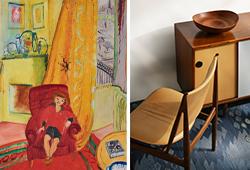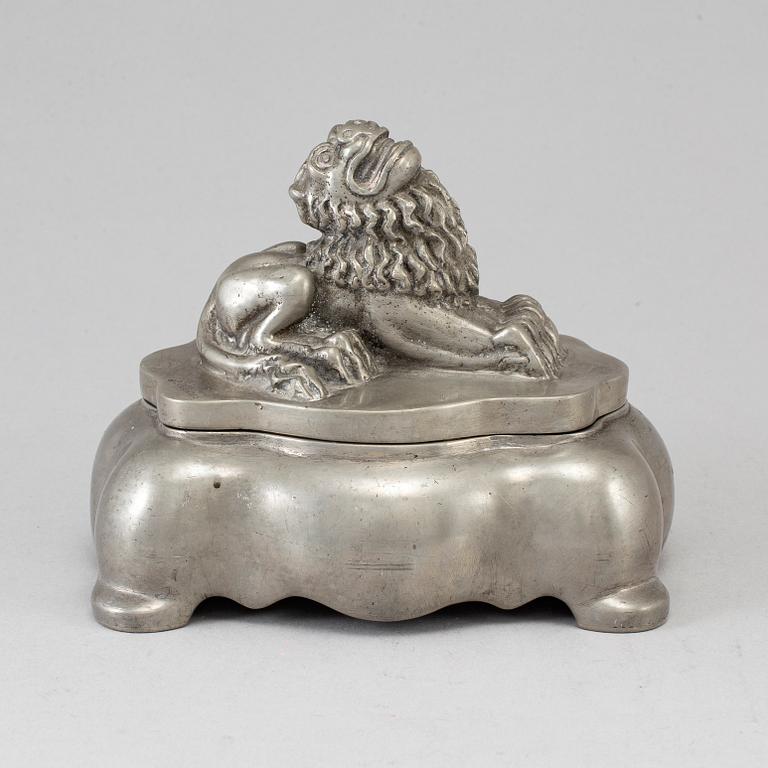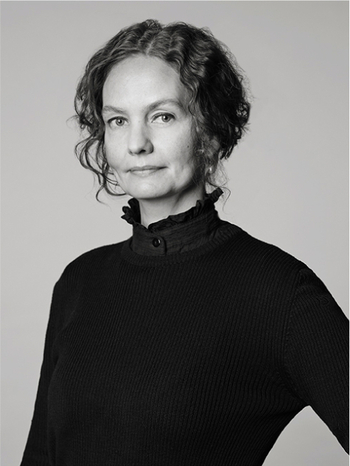Anna Petrus
Anna Petrus, a pewter inkwell, Herman Bergman Konstgjuteri, Stockholm 1930s.
Length 15,5 cm, height 14 cm.
Some wear and scratches, one glass inkwell missing.
Exhibitions
The model was presented at the Paris World Exhibition in 1925 and at the New York Exhibition in 1927. The Metropolitan Museum of Art, New York, bought an inkwell for their collections.
Literature
Erik Wettergren, 'The Modern Decorative Arts of Sweden', Malmö Museum, see the model illustrated p 38.
Marie Rehnberg, 'Anna Petrus skulptör och industrikonstnär', Signum förlag, 2009. Compare illustration p 83, 87.
Designer
Anna Petrus was a sculptor, industrial designer, and artist active in the early 20th century. She was born as Anna Petersson, the daughter of a professor of medicine and a countess, and adopted her surname while studying at the Royal Academy of Fine Arts. She inherited a modest fortune at the age of 11 when her mother passed away, which allowed her to pursue her education in London and travel to Italy and France.
Anna Petrus's major international breakthrough came with the Exposition Internationale des Arts Décoratifs et Industriels Modernes in Paris in 1925, where she showcased items in pewter and cast iron, in the Swedish Grace style. Pewter was considered an outdated material at the time, but its popularity grew as designers like Petrus recognised its advantages. In 1924, she began a collaboration with the then newly established Firma Svenskt Tenn. The lion became a recurring motif in Anna Petrus's work, both as sculptures and as stylised decorations.
Read more



